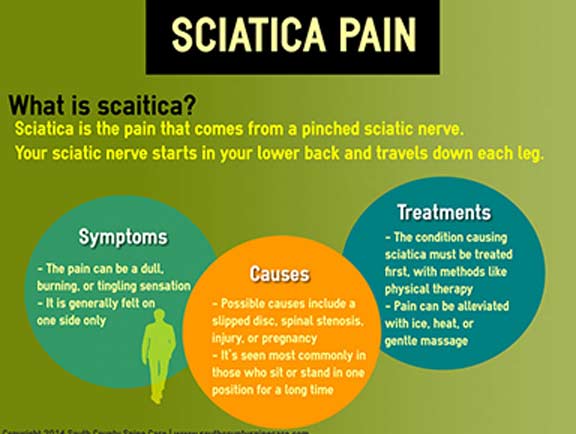Usual Day-To-Day Habits That Create Neck And Back Pain And Tips For Preventing Them
Usual Day-To-Day Habits That Create Neck And Back Pain And Tips For Preventing Them
Blog Article
Write- chiropractor and acupuncturist near me Composed By-Cates Vogel
Maintaining correct pose and avoiding typical challenges in day-to-day activities can significantly impact your back wellness. From how linked web page rest at your desk to how you raise hefty items, small changes can make a huge distinction. Think of a day without the nagging neck and back pain that prevents your every move; the service may be easier than you think. By making a few tweaks to your daily routines, you could be on your means to a pain-free presence.
Poor Stance and Sedentary Way Of Life
Poor position and an inactive way of life are two major factors to neck and back pain. When you slouch or suspicion over while resting or standing, you placed unnecessary pressure on your back muscular tissues and spine. This can bring about muscular tissue inequalities, stress, and eventually, chronic pain in the back. Additionally, sitting for extended periods without breaks or exercise can compromise your back muscles and lead to stiffness and pain.
To combat poor position, make a conscious effort to sit and stand right with your shoulders back and straightened with your ears. Keep in mind to keep your feet level on the ground and prevent crossing your legs for prolonged durations.
Including regular extending and enhancing exercises right into your everyday regimen can also aid boost your posture and reduce back pain related to an inactive way of living.
Incorrect Training Techniques
Inappropriate lifting techniques can considerably contribute to neck and back pain and injuries. When you lift heavy objects, bear in mind to flex your knees and use your legs to raise, as opposed to relying upon your back muscles. Avoid twisting your body while lifting and keep the object near to your body to minimize strain on your back. It's critical to keep a straight back and stay clear of rounding your shoulders while lifting to stop unneeded stress on your back.
Always examine the weight of the object before lifting it. If it's as well heavy, request aid or usage devices like a dolly or cart to transport it safely.
Remember to take breaks during raising jobs to provide your back muscle mass a chance to relax and stop overexertion. By implementing appropriate lifting strategies, you can protect against pain in the back and minimize the threat of injuries, ensuring your back remains healthy and solid for the long term.
Lack of Regular Workout and Stretching
An inactive lifestyle devoid of normal workout and extending can considerably add to back pain and discomfort. When you do not take part in physical activity, your muscles come to be weak and stringent, leading to poor position and increased pressure on your back. Regular exercise assists reinforce the muscular tissues that support your spinal column, enhancing stability and minimizing the danger of back pain. Integrating extending right into your regimen can also improve flexibility, stopping stiffness and pain in your back muscular tissues.
To prevent back pain brought on by an absence of workout and stretching, aim for at the very least 30 minutes of moderate exercise most days of the week. Consist of workouts that target your core muscles, as a solid core can aid reduce pressure on your back.
In addition, take breaks to extend and move throughout the day, especially if you have a desk task. Straightforward stretches like touching your toes or doing shoulder rolls can assist ease tension and protect against pain in the back. Focusing on normal exercise and extending can go a long way in preserving a healthy back and reducing pain.
recommended you read , bear in mind to sit up right, lift with your legs, and stay active to stop back pain. By making simple adjustments to your day-to-day routines, you can stay clear of the discomfort and limitations that feature pain in the back. Look after your spinal column and muscle mass by practicing good pose, proper lifting strategies, and regular workout. Your back will thanks for it!
